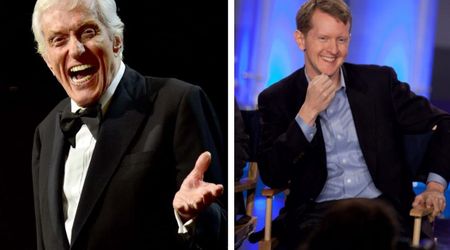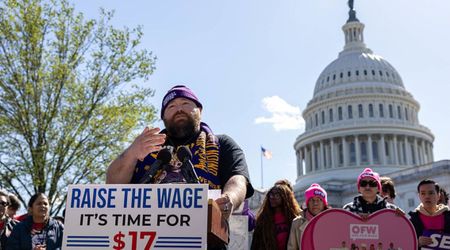Everything you Need to Know About the FIRE Movement That Involves Early Retirement

As work-life balance and financial stability have gained importance among Gen Z and Millennials in the aftermath of the pandemic, social media is abuzz with trends where employees prioritize their well-being. Amidst these endeavors, the Financial Independence and Retire Early (FIRE) movement has gained a lot of followers lately, and for good reason. Even though no one knows exactly where it all started, a book called 'Your Money or Your Life,' written by Vicki Robin and Joe Dominguez in 1992, made some of the ideas highlighted by FIRE more well-known.
FIRE is started by a group of people who are committed to saving and investing a lot so that they can retire earlier than what typical budgets and retirement plans suggest.

What is FIRE?
The Financial Independence, Retire Early (FIRE) movement is all about being careful with money and saving a lot. People who follow FIRE try to save up to 70% of what they earn each year. The goal is to retire early and use the money they've saved to live on by withdrawing small amounts each year.
Usually, those in the FIRE movement live on 3% to 4% of their savings each year to cover their living expenses in retirement. For FIRE to work, it's important to plan carefully, be disciplined with spending, and make smart investment choices.
Who is FIRE designed for?
Many believe that the FIRE movement is for those earning a substantial income, possibly in the six figures, especially if aiming for early retirement in their 30s or 40s. However, the principles of FIRE offer valuable lessons for everyone, regardless of income. Achieving financial independence, the first part of FIRE, doesn't necessarily mean early retirement but can also involve pursuing fulfilling work instead of a job they are stuck with.

What is the purpose of FIRE?
The FIRE movement challenges the idea of retiring at 65 and encourages saving most of your income to retire much earlier. Many, especially millennials, are adopting this approach, saving up to 70% of their yearly earnings. When their savings reach about 30 times their annual expenses (around $1 million), they may retire early and live off small yearly withdrawals (3-4% of savings). This requires careful expense monitoring and investment management.
Different versions of FIRE include fat FIRE, which calls for a traditional lifestyle with a high income and aggressive savings, and lean FIRE, which Embraces a minimalist lifestyle, living on $25,000 or less per year.
Then there's Barista FIRE, which finds a middle ground, leaving a 9-to-5 job for part-time work, and maintaining a less-than-minimalist lifestyle to preserve retirement funds.

How does it work?
FIRE followers aim to retire well before the usual age of 65 by committing a significant portion, up to 70%, of their income to savings while working full-time. Once their savings reach around 30 times their annual expenses, which is roughly $1 million, they may choose to quit their current jobs or retire from any form of employment altogether.
























